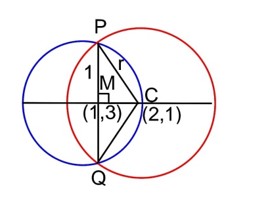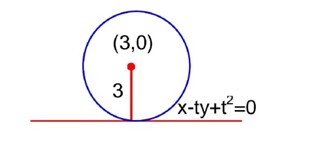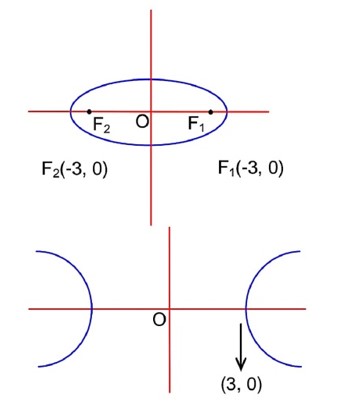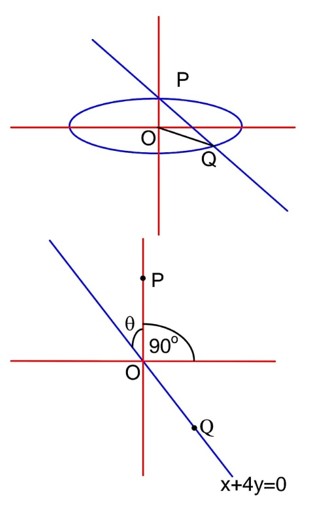Conic Sections
Get insights from 199 questions on Conic Sections, answered by students, alumni, and experts. You may also ask and answer any question you like about Conic Sections
Follow Ask QuestionQuestions
Discussions
Active Users
Followers
New answer posted
3 months agoContributor-Level 10
all i = 1, 2, 3
Case 1 7 one's and two zeroes which can occur in 
Case 2 One 2 three 1's five zeroes =
total such matrices = 504 + 36 = 540
New answer posted
3 months agoContributor-Level 10
y = x2 + 4
x2 = y – 4
y = 4x – 1
Hence the closest point becomes at t = 4 is (2, 8)
New answer posted
3 months agoContributor-Level 10
A tangent to y2 = 4x is x – ty + t2 = 0
(3 + t2)2 = 9 (1 + t2)
Point of contact
&
New answer posted
3 months agoContributor-Level 10
Using the standard equations of a hyperbola:
and directrix
By multiplying both focus and directrix, we get
and
Now
Taking an Exam? Selecting a College?
Get authentic answers from experts, students and alumni that you won't find anywhere else
Sign Up on ShikshaOn Shiksha, get access to
- 65k Colleges
- 1.2k Exams
- 679k Reviews
- 1800k Answers






